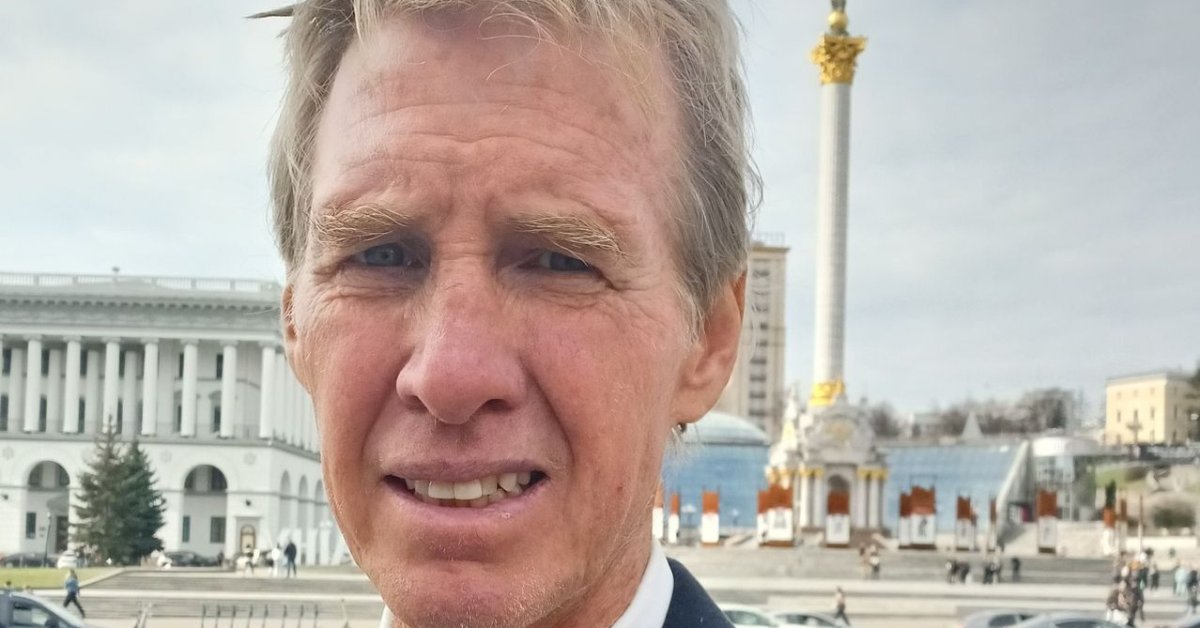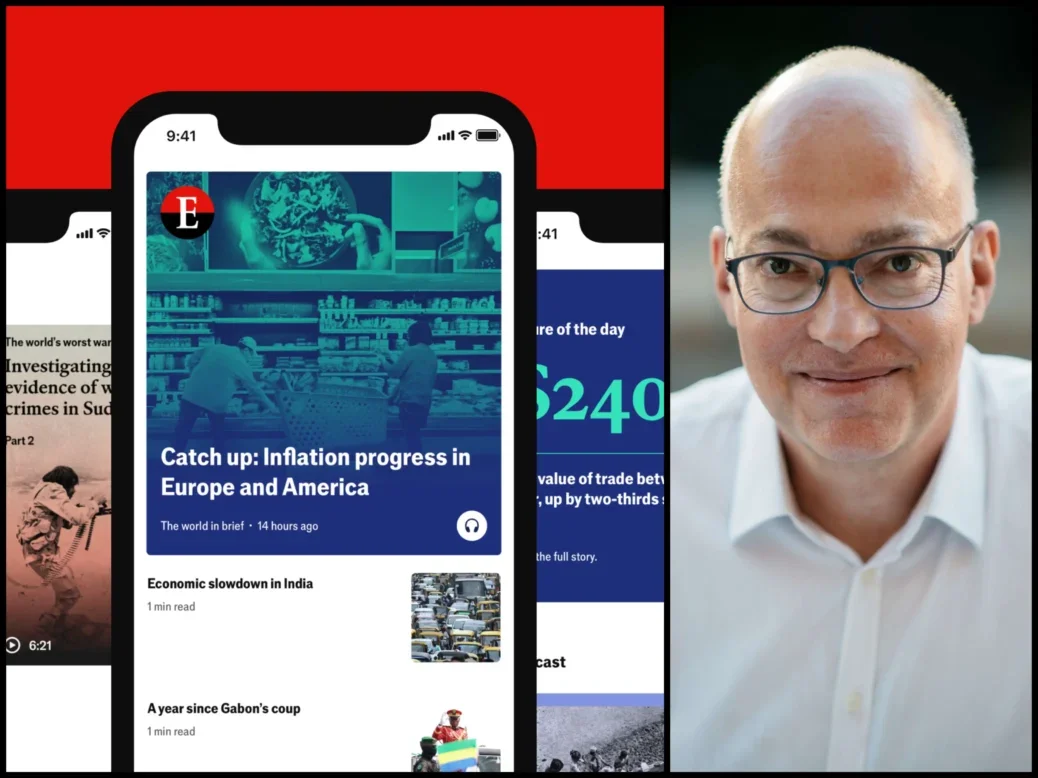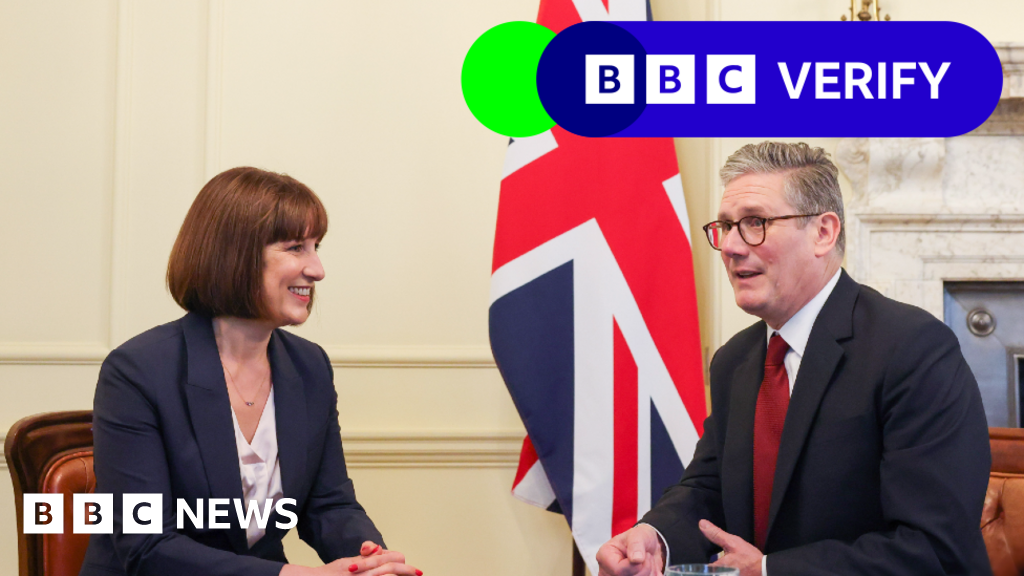After what authorities are describing as a second apparent assassination attempt on Republican presidential nominee former President Donald Trump on Sunday, Sept. 15, one suspect has been arrested and investigations remain ongoing.
While authorities have not publicly named the arrested suspect, anonymous sources in law enforcement have identified him to media outlets as 58-year-old Ryan Wesley Routh, and sources have told CNN that investigators expect the court to order a “mental health assessment” before any criminal proceedings.
According to what appears to be a self-published e-book in 2023, Routh previously thought about the idea of a Trump assassination. In a section about Iran, Routh apologized to the Middle East nation for having previously voted for Trump, whom Routh described as a “retarded child” and said “ended up being brainless” for dismantling the U.S.-Iran nuclear deal.
“I am man enough to say that I misjudged and made a terrible mistake,” Routh wrote. “You are free to assassinate Trump as well as me for that error in judgment.”
“No one here in the U.S. seems to have the balls to put natural selection to work,” he added, “or even unnatural selection.”
Here’s what is known so far about Routh.
Hawaii-based construction worker
Routh, according to a LinkedIn profile, has since 2018 been the owner of Camp Box Honolulu, which according to the company’s website specializes in constructing mobile and towable units, storage sheds, off-grid bathrooms, and other small structures across the island of Oahu. According to the LinkedIn profile, Routh focused on “simple economical structures to help address the highest homelessness rate in the United States,” and a 2019 report in the Honolulu Star-Advertiser said he donated a tiny house for the homeless.
Routh previously lived in North Carolina and was a 1998 graduate of North Carolina Agricultural and Technical State University, according to LinkedIn.
A criminal record
Routh appears to have had several run-ins with the law over the years.
According to the North Carolina Department of Adult Correction, a man with his name and date of birth was convicted several times for a number of offenses including multiple counts of possessing stolen goods in 2010. There is no record of time spent incarcerated, according to the state records, which indicated Routh was sentenced to probation for each conviction.
In 2003, he was convicted of consolidated charges including hit and run, carrying a concealed weapon, resisting an officer, and possessing a weapon of mass destruction in 2002. Local newspaper Greensboro News & Record reported at the time that Routh, then 36 and whose drivers’ license had previously been revoked, was pulled over during a traffic stop but put his hand on a firearm and drove away to a store, where he barricaded himself for three hours. The “weapon of mass destruction” charge, the paper reported, referred to a fully automatic machine gun.
According to the Honolulu Star-Advertiser, Hawaii police have records of four interactions with Routh, including being removed from a property in 2019 for alleged squatting and reporting that he was an assault victim in 2021, when he claimed that a resident of a property that he was working at as a handyman punched him in the nose (no arrests were made).
A Democrat with a mixed political profile
According to public voter records at the North Carolina State Board of Elections, Routh was registered as an unaffiliated voter without a party in Guilford County in 2012. In March 2024, he voted in the state’s Democratic primary.
Federal Election Commission filings show that Routh donated more than $140 to Act Blue, the Democratic fundraising platform, between September 2019 and March 2020.
Routh said he voted for Trump in 2016, according to a June 2020 post on his X (formerly Twitter) account, which has since been suspended: “@realDonaldTrump While you were my choice in 2106 [sic], I and the world hoped that president Trump would be different and better than the candidate, but we all were greatly disappointment and it seems you are getting worse and devolving,” he wrote. “I will be glad when you gone.”
Another X post on Jan. 8, 2024, shows that Routh called on then Republican primary candidate Nikki Haley to team up with other Republican primary candidate Vivek Ramaswamy to “create a winning ticket now that we all can get behind.” Other previous posts showed support for former Rep. Tulsi Gabbard, a Democrat turned Trump supporter.
When Trump was shot during a previous assassination attempt at a rally in Pennsylvania in July, Routh posted on X tagging President Joe Biden and Vice President Kamala Harris urging them to visit the rally-goer victims: “You and Biden should visit the injured people in the hospital from the Trump rally and attend the funeral of the murdered fireman. Trump will never do anything for them.”
A website—voteryanrouth.com—appears to have been set up in early July with a series of blog posts outlining a potential run for Honolulu mayor, in which the admin (whose phone number and self-descriptions match those of Routh) shared his musings on more than 60 topics from homelessness (“When I visit the dog quarantine facility I think to myself that I could live in one of those kennels, as they are nice. We provide better facilities for our dogs than we do for our homeless. We cannot be afraid to provide minimalist shelter for those that cannot afford a place”) to “global issues” (“Our presidents must befriend leaders of Iran, North Korea, China, Russia and any rogue countries such as Myanmar to create partnerships to slowly influence their policies towards making their citizens lives better”).
Got involved in the Ukraine war
Posts on Routh’s Facebook and X accounts—both of which have been taken down—displayed strong support for Ukraine in its war against Russia, and he even appears to have traveled across the world to support the effort, for which he once posted that he was willing to “fight and die.”
A since-taken down 2022 GoFundMe page by Hawaii-based Kathleen Shaffer—identified on the fundraising request as Routh’s fiancée (and reported to share an address with Routh in Kaaawa, Hawaii, according to the Honolulu Star-Advertiser)—said Routh had gone to Kyiv in April of that year and that he planned “on staying for at least 90 days.”
In an interview from Ukraine with Newsweek Romania in June 2022, Routh explained why he had gone to the embattled country himself. “To me, a lot of the other conflicts are gray, but this conflict is definitely black and white,” Routh said. “This is about good versus evil. This is a storybook, you know, any movie we’ve ever watched, this is definitely evil against good.”
Routh spoke with Semafor in March 2023, when he identified himself as the self-appointed head of the International Volunteer Center, a group he set up in Ukraine to connect foreigners with military units and aid groups, and he complained of Ukraine’s reluctance to admit foreign soldiers. Routh also spoke to the New York Times in 2023 about potentially using illegal means to recruit Afghan soldiers who left the Taliban to join the fight in Ukraine. The Times reporter has since recounted that Routh said he never fought himself in the conflict because he felt he was too old and has no military experience.
‘Doesn’t sound like the man I know’
Relatives and acquaintances of Routh have spoken out to say that they were surprised by the news of his alleged involvement in the shooting at Trump’s golf course on Sunday.
In a text message to CNN, Routh’s son Oran described his father as “loving and caring” and an “honest hardworking man.” The younger Routh added: “I don’t know what’s happened in Florida, and I hope things have just been blown out of proportion, because from the little I’ve heard it doesn’t sound like the man I know to do anything crazy, much less violent.”
Speaking to the Guardian, Oran Routh described his father’s passion for Ukraine: “My dad went over there and saw people f—ing fighting and dying.” Ryan Routh, Oran said, “tried to make sure shit was cool, and shit was not cool.” Meanwhile, he added of Trump, “this guy’s sitting behind his f—ing desk, not doing a goddamn thing.” Asked what he would say to his father now, the younger Routh responded: “I know the discourse isn’t working, but we still need to stick to the discourse.”
A woman who lived next door to Routh in Greensboro, N.C., and said she’s known him for nearly two decades told Fox8 WGHP that he was an unusual character but that she did not expect him to be involved in an attempted assassination of Trump.
The woman, who spoke on the condition of anonymity, said Routh owned many guns and that “a lot of people were afraid of him back in the day,” but she added: “Him, I mean, trying to shoot Trump. That’s a lot. I would have never guessed, and I would have swore up and down, no, that’s not him. … I just can’t believe it. I mean, if I didn’t see it with my own eyes, I mean the pictures and stuff and all, then I wouldn’t be able to believe that.”
Routh’s neighbor in Hawaii, David Stant, told the Honolulu Star-Advertiser upon hearing about the incident that it was “crazy, super crazy” and that Routh was “real mellow, low-key … quiet.”
Decades ago, Routh had been profiled for his good deeds: the Greensboro News & Record in 1991 published a story that called then-25-year-old Ryan Routh “a super citizen if not a super hero,” who had been awarded a Law Enforcement Oscar by the Greensboro chapter of the International Union of Police Association for helping to confront a rapist and assist in his arrest.
“I hope that everybody else would have done the same thing in the same situation,” Routh said at the time. “When these types of incidents happen, most of what you do is just impulse. You’re just reacting. I was happy to be at the right place at the right time.”





























































































































You must be logged in to post a comment Login